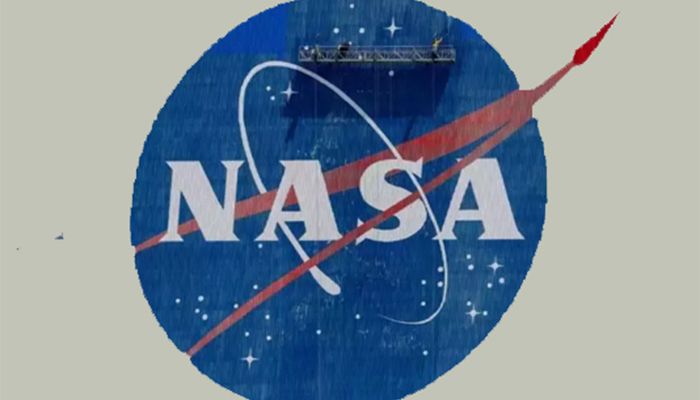
Desk Report
Publish: 23 Sep 2020, 10:58 am

NASA announced its new proposal for the return of astronauts to the Moon in 2024 on Monday and projected the cost of reaching the target to be $28 billion, of which $16 billion will be spent on the lunar landing module.
Congress, facing elections on November 3, will have to sign off on approval for a project that has been set as a top priority by President Donald Trump. The $28 billion will span the 2021-25 fiscal years, reports AFP.
NASA administrator Jim Bridenstine noted in a phone briefing with journalists Monday on the Artemis project to return human beings to the Moon that "political risks" were often the biggest challenge to NASA's work, particularly before such a crucial election.
After its predecessor invested billions of dollars on the initiative, Barack Obama scrapped plans for a manned Mars flight.
If Congress approves the first tranche of $3.2 billion by Christmas, “we’re still on track for a 2024 moon landing,” Bridenstine said.
“To be clear, we’re going to the South Pole,” he said, ruling out the sites of the Apollo landings on the Moon’s equator between 1969 and 1972. “There’s no discussion of anything other than that.”
Three separate ventures are competing to build the lunar lander that will take two astronauts from their vessel Orion to the Moon, one of them a woman.
Blue Origin, founded by Amazon CEO Jeff Bezos, in collaboration with Lockheed Martin, Northrop Grumman and Draper, is producing the first one. Elon Musk's SpaceX and the business Dynetics are pursuing the other two projects.
The first flight, Artemis I, scheduled for November 2021, will be unmanned: the new SLS giant rocket will take off for the first time with the Orion capsule, currently in its test phase.
Artemis II will carry astronauts around the Moon in 2023 but won't land.
Finally, Artemis III will be the equivalent of Apollo 11 in 1969, but the stay on the Moon will last longer — for a week — and will include two to five “extravehicular activities.”
“The science that we would be doing is really very different than anything we’ve done before,” said Bridenstine. “We have to remember during the Apollo era, we thought the moon was bone dry. Now we know that there’s lots of water ice and we know that it’s at the South Pole.”
Subscribe Shampratik Deshkal Youtube Channel
© 2024 Shampratik Deshkal All Rights Reserved. Design & Developed By Root Soft Bangladesh